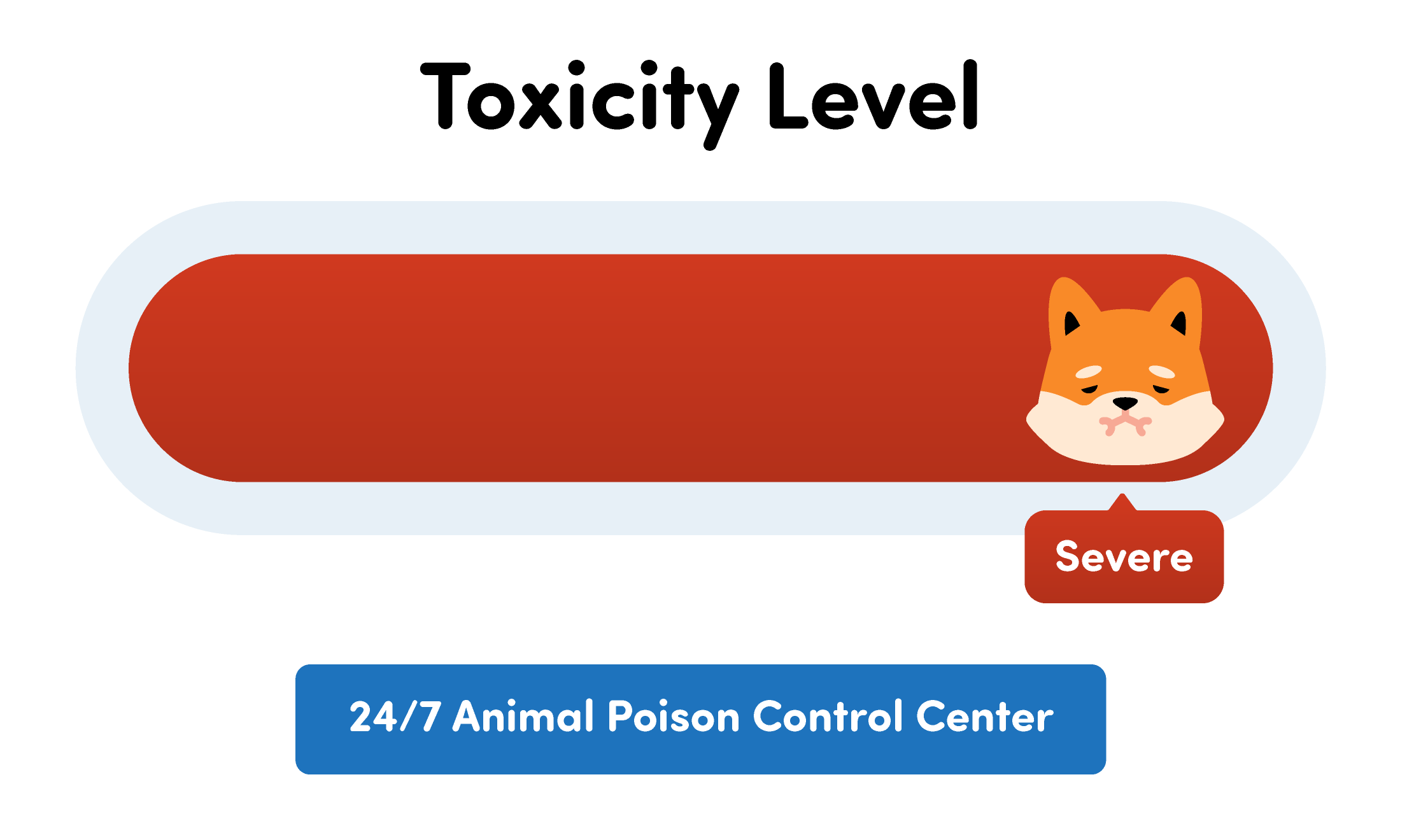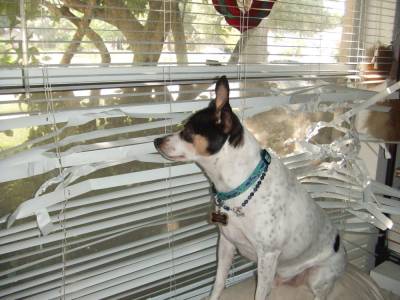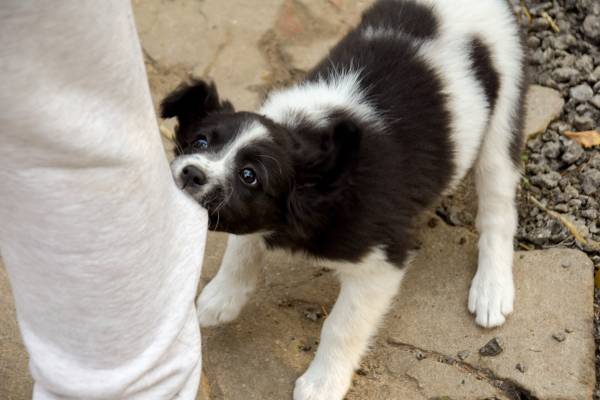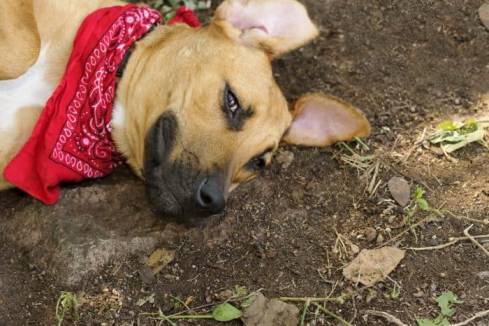Do you enjoy baking bread at home with yeast? This is a common pastime for many people. Who doesn’t just love a loaf of freshly baked bread just warm out of the oven? It makes you hungry just thinking about it!
Connect with a verified veterinarian in minutes. Licensed vets are available 24/7 to answer your questions. No need to worry about your furry family member.
Dogs also love bread and will even eat it raw. However, is it safe for dogs to eat raw bread dough or yeast?
What is Yeast?
Yeast is made up of many single-celled microorganisms that are actually categorized as part of the fungus family. These are really interesting life forms—in fact, they’ve been around for hundreds of millions of years! What’s more, there are currently about 1500 species of yeast that are recognized.
When it comes to baking with yeast, there are several types to choose from. They also come in various forms such as powder-like, cake, and more. The most common type of yeast used to bake homemade bread is active dry yeast.
Active dry yeast is made of granules that contain live yeast cells. These are dried and sold in a packet. In addition, active dry yeast needs to be rehydrated in order to work, and it can be stored at room temperature for a year, or even frozen for a decade or more.
What Happens if a Dog Eats Yeast?
When a dog gets a hold of some raw bread dough or eats some yeast, it’s not a good thing. In fact, it can lead to yeast poisoning and/or an intestinal blockage. Both of these can be life-threatening medical conditions. One more problem is alcohol poisoning.
When a dog eats raw bread dough, his stomach becomes the perfect environment for the yeast to live and grow. This is because the stomach is warm and moist. The dough expands at an alarming rate and can lead to an intestinal blockage, or to a condition called GDV (gastric dilatation and volvulus). are
Another problem is that yeast produces ethanol (alcohol), which can cause alcohol poisoning in dogs. This is because the yeast ferments in the stomach and produces alcohol in the process.

Review symptoms, medications & behavior to keep your pets healthy with a Vet Online in just minutes.
Ask a Vet Live NowSymptoms of Alcohol Poisoning & Intestinal Blockage/GDV
If your dog develops alcohol poisoning from the yeast, you may notice these symptoms:
- Neurological depression
- Hypothermia
- Hypotension (low blood pressure)
- Seizures
- Respiratory failure
If your dog develops an intestinal blockage or GDV, he may show these symptoms:
- Bloated, painful abdominal area
- Vomiting/retching
- Lethargy
- Weakness
- Elevated heart rate
- Collapse
- Constipation
- Vomiting
- Diarrhea
If you notice any of these symptoms in your dog, then call the vet immediately. This is a life-threatening medical emergency. Your dog needs prompt medical care now.
With fast care, the prognosis is very good that your dog will have a full recovery.
Connect with a verified veterinarian in minutes. Licensed vets are available 24/7 to answer your questions. No need to worry about your furry family member.

Kim
Kim is a talented author, who loves animals especially dogs. She engaged in writing books and articles relating to animals a decade ago. Kim resides in Chicago with her husband and son. The family is the proud owner of a dog and a parrot (Jack and Lily). Kim wanted more than these two pets, but her husband put his foot down... She often visits elementary schools to talk to the kids about what she learned about pets and how they could learn from them.
Review symptoms, medications & behavior to keep your pets healthy with a Vet Online in just minutes.
Ask a Vet Live Now




